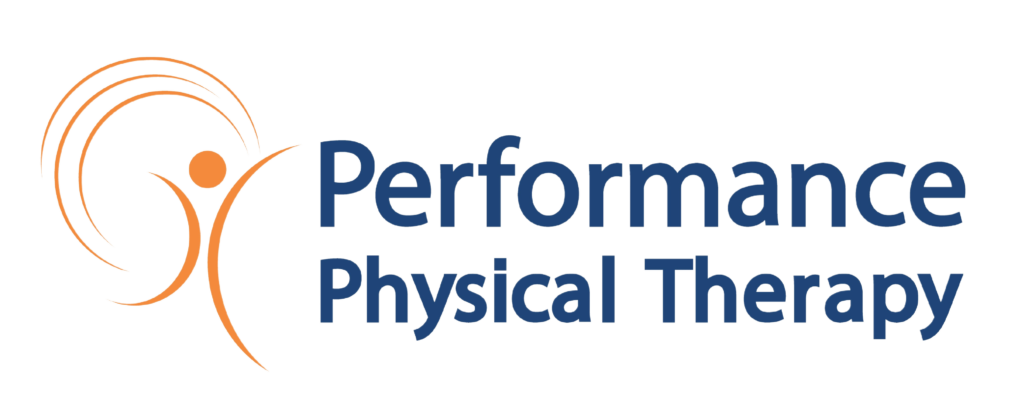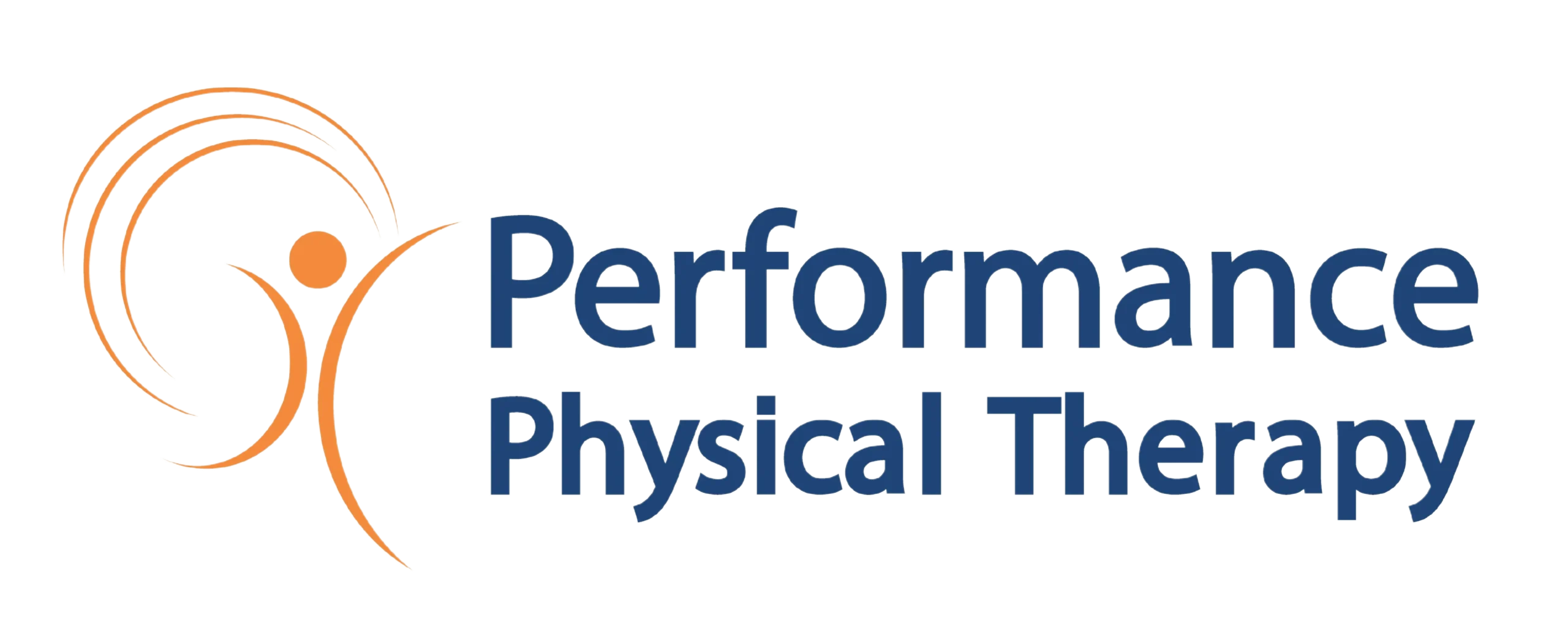A Natural and Easy Solution for Shoulder Pain

Your shoulders are a complex part of your body because they are your most flexible and movable joints, made up of numerous bones, muscles, and tendons. They give you a great deal of mobility, allowing you to perform many of your daily tasks as well as several exercise regimens. This also means that the shoulders can be injured in a variety of ways, resulting in pain and limited mobility.
Shoulder pain can be caused by a variety of factors, and there are several steps you can take to alleviate your discomfort. Physical therapy is a safe, simple, and effective way to relieve shoulder pain. Call our office today to learn more about how physical therapy can help you!
Why am I experiencing shoulder pain?
Shoulder pain can be caused by a variety of underlying conditions. A sudden injury or trauma to the shoulders, for example, can cause them to become painful. Repetitive motions can also cause shoulder pain because your muscles, joints, and tendons are overworked. Physical therapy can treat a variety of conditions that may be contributing to the pain or discomfort in your shoulder. The following are some of the most common causes of shoulder pain:
- Torn cartilage. . When a cartilage tears, it can cause a variety of painful symptoms. In the affected shoulder, you may notice decreased strength and range of motion. You may also feel pain when moving your arm in certain directions. If you have a torn cartilage, physical therapy can help you feel better.
- Tendonitis. Tendonitis is a condition in which a tendon becomes irritated or inflamed. It can appear in various parts of the body and is commonly referred to as “tennis elbow,” “swimmer’s shoulder,” and “jumper’s knee.” A physical therapist can treat various types of tendonitis and provide pain relief in the inflamed area.
- Strains and sprains. A strain occurs when a muscle or tendon is overstressed or torn. A sprain occurs when a ligament is overstressed or torn. Strains and sprains can cause chronic shoulder pain, making it difficult to exercise or perform daily tasks. Minor strains and sprains can sometimes be iced at home and healed with rest. Physical therapy is frequently required for more severe strains and sprains.
- Bursitis. Bursitis is a joint inflammation that affects the fluid-filled sacs that surround the bones, muscles, and tendons. It frequently occurs in areas of the body where repetitive motions are performed. If you have bursitis, you may feel stiff or achy in the affected area, which may also turn red or swollen. Physical therapy can help with the inflammation as well as the pain you’re experiencing.
- Frozen shoulder. Frozen shoulder is a painful condition that occurs after prolonged periods of inactivity, such as being immobilized in a sling or cast following an injury. This condition will worsen over time, causing pain and stiffness. It usually resolves itself after a few years, but physical therapy can help provide relief while you recover. It may also help to hasten the recovery process.
- Arthritis. Arthritis is a disease of the joints that causes pain and stiffness. There are several types of arthritis, the most common of which are osteoarthritis and rheumatoid arthritis. Osteoarthritis develops when the cartilage between your bones begins to deteriorate, causing the bones to rub against each other. Rheumatoid arthritis is characterized by swollen and inflamed joints. Physical therapy can help with pain relief and mobility for both of these conditions.
How will I benefit from physical therapy?
In addition to relieving your pain and discomfort, a physical therapist works hard to improve your flexibility and range of motion. They may use a combination of treatments, such as cold and hot therapies to relieve pain and increase mobility; massage therapy to relieve pressure on your muscles, joints, and tendons; or an exercise regimen to promote movement and healing of the affected area. Aquatic therapy, ultrasound, and electrical nerve stimulation are some other treatment options.
Whatever type of pain you’re experiencing, a trained physical therapist can design a customized treatment plan for you. Physical therapy has been shown to help with a variety of conditions, and in many cases, it has completely eliminated the need for harmful drugs and invasive surgeries. Contact our office today (302) 234-2288 to set up a consultation with one of our physical therapists and begin your journey to long-term relief!

